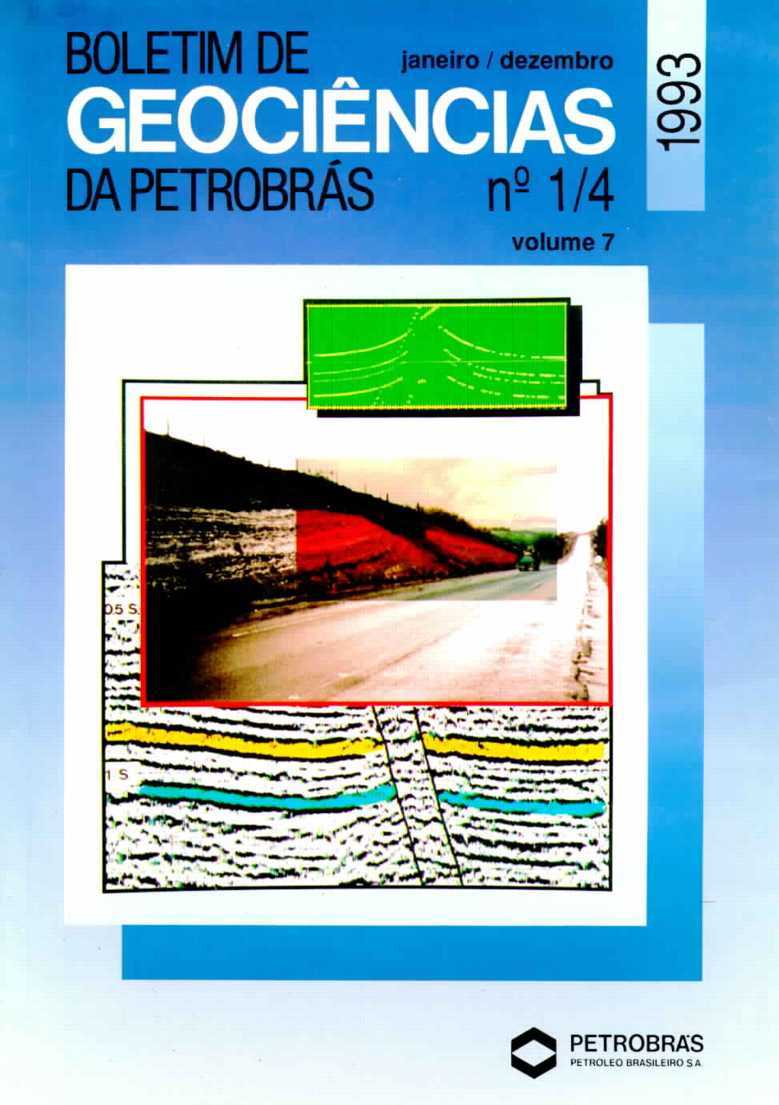Static correctlons in 3-D surveys
Abstract
One of lhe main problems encountered in lhe processing of land seismic data is wilhoul doubl lhe precise determination of lhe static corrections lhat have to be applied to the data in order to eliminate the effects of elevation and of the weathered layer on lhe arrival times of seismic signals. Among lhe methods proposed to solve this problem, lhe seismic refraction tomography technique, presented by Amorim (1985), constitutes a simple, sound processo Relying on first-break times on reflection records, the method provídes good results for both straight as well as crooked /ines. The method was ex!ended to olher acquisition geometries (especial/y 3-D), and lests with synthetic data confirmed lhe accuracy of results. It is expected lha! corrections calculated by this process can substilule shallow refraction seismic measuremenls, with obvious advantages in cost and
precision. /nversions wíth real dala were performed with several PETROBRÁS !ines. This paper presents lhe results 01 a 3-D survey on the Leste do Urucu lield in the Amazon Basin; a crooked fine with lateral ollset lor the shots (26-RL-1492) in the Recôncavo Basin; and a normal 2-D line (60-RL -165) in the Amazon Basin. Final results show improvement in lhe quality of lhe final seismic sections for both lhe 2-D and 3-D data.


